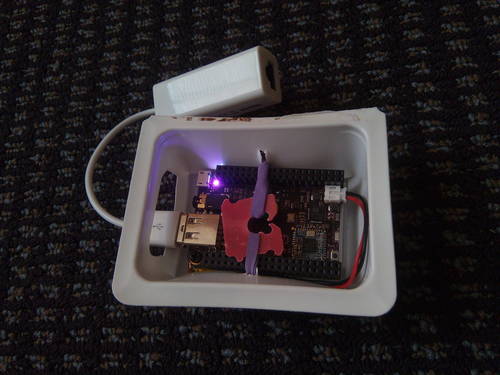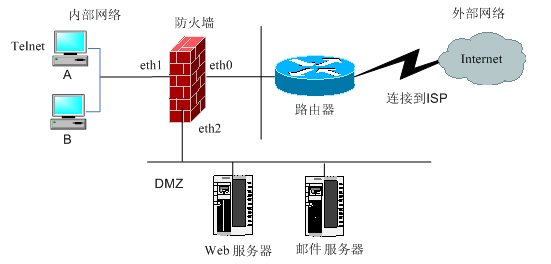How to Compile Just One Kernel Module
I received two C.H.I.P computers in 2016. They come with Linux kernel 4.4.13, but the kernel had limited features. When I needed to use the fuse kernel module, I had to re-compile the entire kernel, which took a whole day. Two years later, I upgraded to a newer 4.4.138 kernel, built by community member kaplan2539. The kernel comes with more modules including fuse, which is a better situation than the original kernel.

Recently I acquired a cheap USB Ethernet adapter. When I plugged it in, the kernel recognizes a USB device:
chip@chip-b:~$ lsusb | grep Ethernet
Bus 002 Device 002: ID 0fe6:9700 Kontron (Industrial Computer Source / ICS Advent) DM9601 Fast Ethernet AdapterBut there's no new NIC showing up in ip link command.
A quick Google search of the USB ID 0fe6:9700 indicates that I need the dm9601 kernel module.
But:
